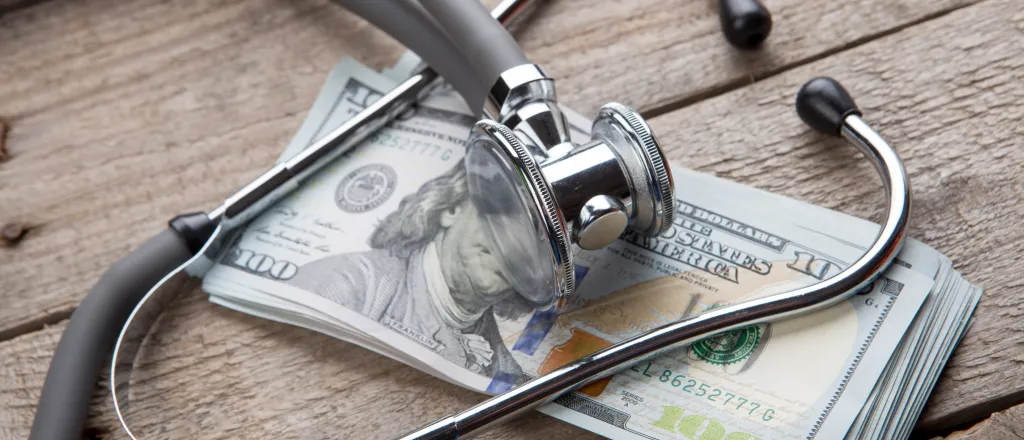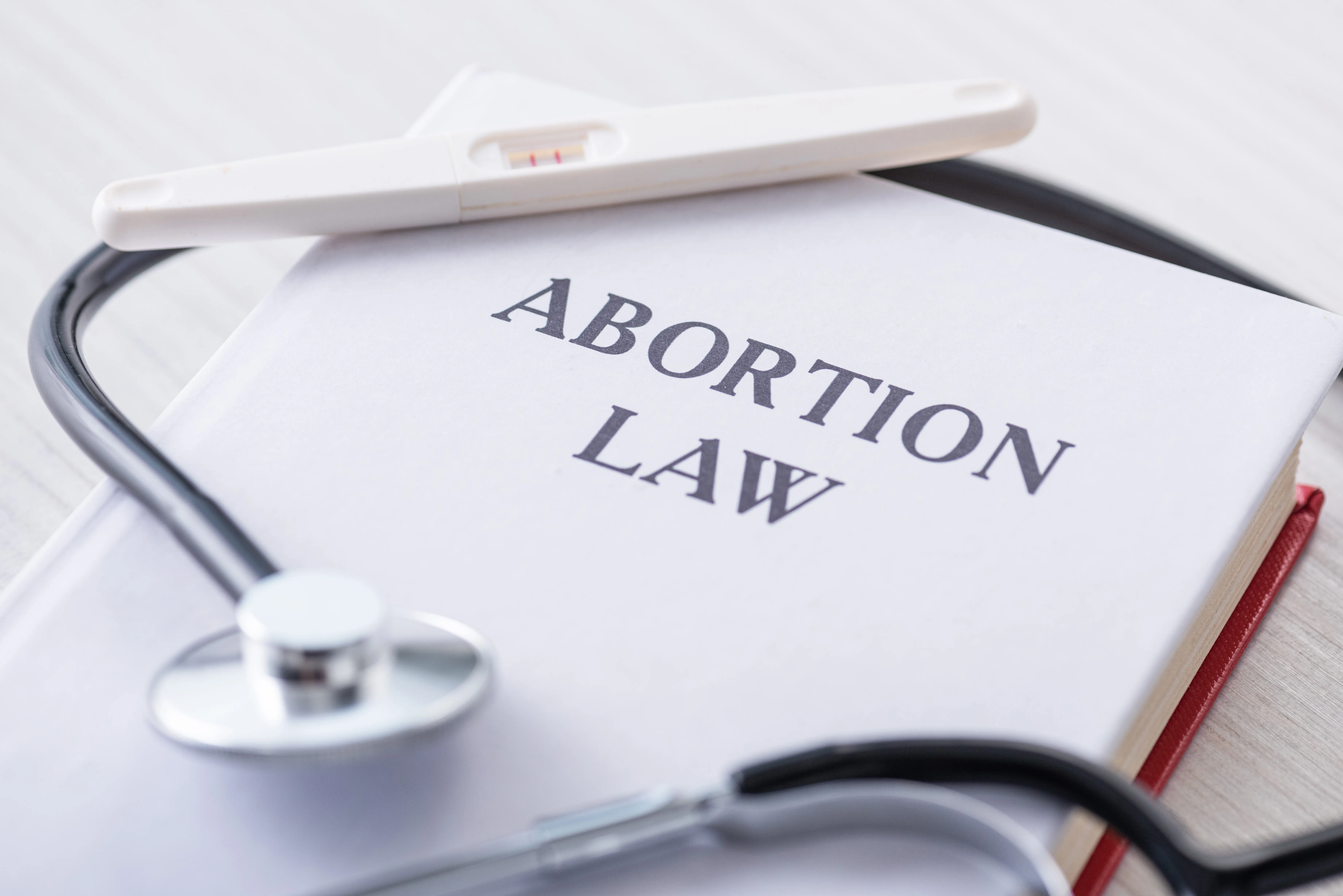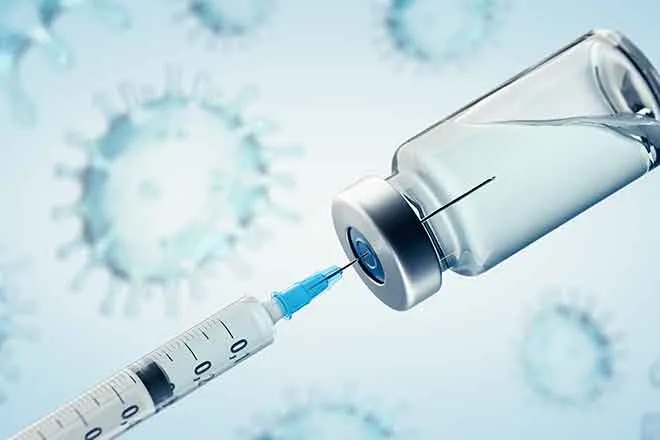
State, local governments look to spend money from $26 billion opioid settlement
(The Center Square) – The three largest U.S. drug distributors and drug maker Johnson & Johnson have finalized settlements for most of the opioid lawsuits filed by state and local governments that will allow $26 billion to go to those government entities.
State governments are in the process of deciding how to spend that money.
The agreement covers 46 of 49 eligible states and more than 90 percent of other government units, according to a statement from distributors AmerisourceBergen, Cardinal Health, and McKesson. Johnson & Johnson and its U.S.-based Janssen Pharmaceutical Companies will pay up to $5 billion to the nationwide settlement, according to a statement from the drugmaker. AmerisourceBergen will pay $6.1 billion, Cardinal Health will pay $6 billion and McKesson will pay $7.4 billion. Those amounts are payable over 18 years.
It is the second-largest multi-state agreement in United States history, behind only the Tobacco Master Settlement Agreement in 1998.
“This settlement agreement is not an admission of any liability or wrongdoing, and the company will continue to defend against any litigation that this final settlement agreement does not resolve,” Johnson & Johnson said in a statement.
The company no longer sells prescription opioid medications in the United States.
Johnson & Johnson previously announced separate settlement agreements with New York in June 2021, Texas in October 2021, and Nevada and New Mexico in January 2022. Earlier this month, the company also announced a settlement agreement with federally recognized tribes.
“The dollar amounts to be received in these settlement agreements are the pro-rated shares that would have been received under the nationwide settlement agreement and will be deducted from the $5 billion all-in settlement amount,” Johnson & Johnson said in a statement.
AmerisourceBergen, Cardinal Health and McKesson said they would “implement injunctive relief terms, including establishing a clearinghouse that consolidates data from all three distributors. This data will be available to all settling states and territories to use as part of their anti-diversion efforts.”
Illinois will get $760 million in the settlement, with most of the money going toward programs to fight opioid addiction around the state. An advisory board will be established as a subcommittee of the state’s Opioid Overdose Prevention and Recovery Steering Committee to prioritize the distribution of the money in the fund. The board will consider population, opioid usage rates, overdose deaths and the number of opioids delivered into a region.
“This epidemic has no boundaries,” said Bob Berlin, the DuPage County State’s Attorney in Illinois. “It has affected every community in the state of Illinois, and it’s not just the families of the victims. Entire communities have felt the repercussions of the opioid crisis.”
Missouri and its local governments will get about $458 million for opioid treatment and abatement, Missouri Attorney General Eric Schmitt said earlier this month. He said the state could get hundreds of millions in additional settlement money from litigation with Mallinckrodt and Purdue Pharma. Of the $458 million total, about $274.8 million will go to the State of Missouri and $183.2 million will go to local governments. Schmitt said the settlement money would be paid out over 18 years on a graduated scale that pays larger sums in early years and decreases over time.
“For years, the State of Missouri has been ravaged by the opioid epidemic, entire communities and neighborhoods crushed under the weight of opioid addiction and abuse. Mothers, fathers, sons, daughters, brothers, sisters, and more have been lost to this vicious cycle,” Schmitt said February 18 when he announced the settlement agreement. “This settlement won’t bring our loved ones back, it won’t provide any solace for those losses, but it can bring desperately needed resources to treatment centers, rehab facilities, law enforcement, and others who are on the frontlines of fighting this opioid epidemic in our state.”
The settlement money will start flowing to state and local governments in the second quarter of 2022, Michigan Attorney General Dana Nessel said. The Michigan Attorney General’s team assisting in the state’s portion of the settlements “continues to work with participating eligible subdivisions to receive direct payments,” Nessel said.
“The settlements will equip communities across the nation to better address this crisis – resources that were not previously available but will be absolutely crucial in abatement efforts,” Nessel said in a statement. “Our team is hard at work to assist the registered Michigan subdivisions in this process, and we look forward to working with other stakeholders to maximize the positive impact these dollars will make in our state.”

















